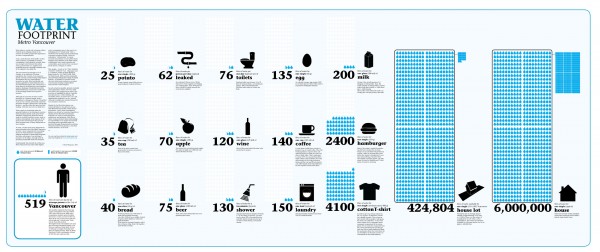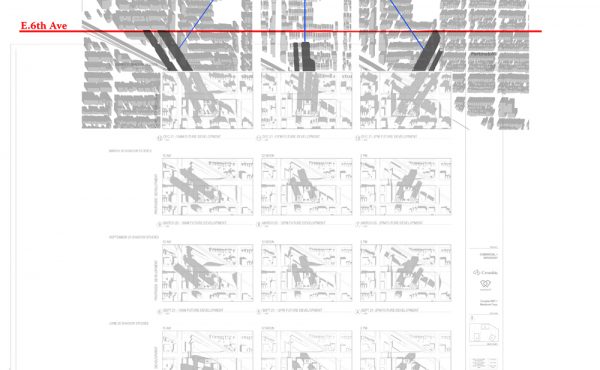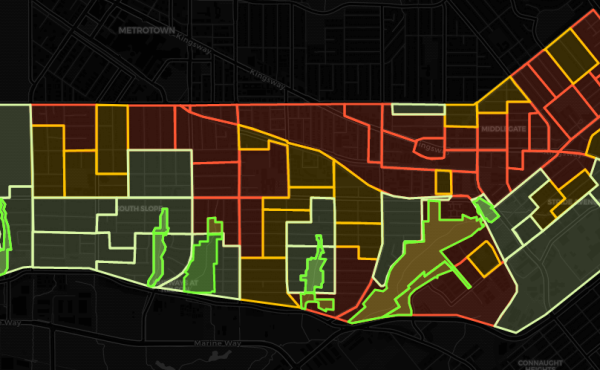For a larger version click here.

Water plays a central role in human culture. From its use in religious rituals to the creation of modern products the importance of water is unquestionable. Only a small fraction of the Earth’s surface water, however, is available for human consumption. Until relatively recently, there was enough water between this surface water, ground water (i.e. aquifers) and hydrological cycle to provide humanity with all it required to live daily life.
The past century has brought a lot of change, as an explosion of human population, the creation of an expansive global economy and increasing technological development has put unprecedented pressures on water. More specifically, our growing appetite for water-intensive food and manufactured good, the construction of large dams for hydro-electrcity and irrigation, massive discharge of industrial waste into limited freshwater sources have made water an increasingly limited and expensive resource.
Although the provision of water is often perceived as a regional matter, such a perception is a dangerous illusion. The global reach of our economy necessarily makes the provision of water a global issue, as food and products – and the water that goes into their making – find their way into our daily lives.
Water supply is particularly taken for granted in places in the developed countries with abundant rainfall. Such areas breed simplistic assumptions about how much water is available and this, in turn, leads to reckless consumption at the expense of the many water-starved regions that provide these locations with so many things that we use everyday.
As such, it is that much more important in water-abundant cities, like Metro Vancouver, to foster a more comprehensive knowledge about our water-intensive consumption patterns and foster a culture that recognizes and takes advantage of our privileged locations on the planet, through actively practicing responsible water-use measures.
Unfortunately this currently is not the case. Metro Vancouver has some of the highest water consumption rates in the world, not including any of “virtual water” that is involved in the growing and manufacturing of products imported locally. Coined by economists, “virtual water” is a more accurate measurement of ones global water footprint and is defined as the total volume of freshwater that is used to produce the commodities, goods and services consumed by the person, company or nation.
This graphic – based on the “Water footprints of nations” written by A.K. Chapagain and A.Y. Hoekstra, (Value of Water Research Report Series No. 16, UNESCO-IHE, Delft, the Netherlands, 2004) and the minimalist award-winning infographic design by Timm Kekeritz – is intended to visualize locally relevant virtual water patterns as a means of accurately showing a typical Metro Vancouverite’s water footprint.
As such, wherever possible, products included and explanations written were done with local issues and comparisons in mind. This was done to highlight the effects of specific local practices (i.e. coffee drinking, the insatiable culture of construction, etc.) and opportunities available to us (i.e. annual rainwater available per standard house lot) as it pertains to water-use.
Despite the fact that these figures are intricately linked to the global economy – and effectively beyond the control of local governance – many water consumption patterns are driven by municipal regulations relating to how the built environment harnesses (or doesn’t) water through its architecture and urbanism. With this in mind, local government must acknowledge its responsibility in the matter and actively encourage more responsible water-use practices through strong incentives, policies, urbanism/architecture practices, and other similar measures, at all levels.
***
You can read more about the virtual water and your water footprint at www.waterfootprint.org.




